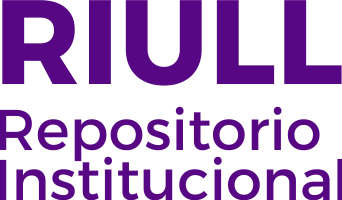Effectiveness of craniosacral therapy in the treatment of infantile colic. A randomized controlled trial.
Fecha
2019Resumen
Objectives: To determine the effectiveness of Craniosacral Therapy (CST) for the treatment of infantile colic.
Material and methods: This randomized controlled tria! was conducted on 58 infants, aged 0-84 days, diagnosed
with infantile colic. The babies received a 30-40 minute CST session once a week (experimental group) or no
treatment (control group). Babies in the CST group received either 1, 2 or 3 CST sessions overa 14-day period.
Data were collected at 4 different times over the 24-day period, day O (baseline), day 7, day 14 and day 24.
Crying (primary outcome) and sleep (secondary outcome) were evaluated using a crying and sleep diary, and
colic severity was measured using the Infant Colic Severity Questionnaire (secondary outcome).
Results: There was a statistically significant difference between groups (CST and control) in crying hours
(F = 188.47; p < 0.0005; 112 = 0.78), sleep hours (F = 61.20; p < 0.0005, ~2 = 0.54) and colic severity
(F = 143.74; p < 0.0005, 112 = 0.73) across ali the time points. In comparison with the control group, CST
babies reported significant and clinically relevant effects in crying hours on day 7 ( -2.47 h (95%CI, - 2.95 to
- 1.99); p < 0.0005; d = 1.73), on day 14 ( -3.29 h (95%CI, -3.7 to -2.8); p < 0.0005; d = 2.87) and on
day 24 ( - 3.20 h (95%CI, - 3. 7 to - 2.6); p < 0.0005; d = 2.54); in sleep hours on day 7 ( - 2.47 h (95%Cl,
-2.95 to - 1.99); p < 0.0005; d = 1.73) on day 14 (-3.29h (95%CI, -3.7 to -2.8); p < 0.0005; d = 2.87)
and on day 24 ( - 3.20 h (95%CI, - 3. 7 to - 2.6); p < 0.0005; d = 2.54).
Conclusions: Craniosacral therapy appears to be effective and safe for infantile colic by reducing the number of
crying hours, the colic severity and increasing the total hours of sleep.





